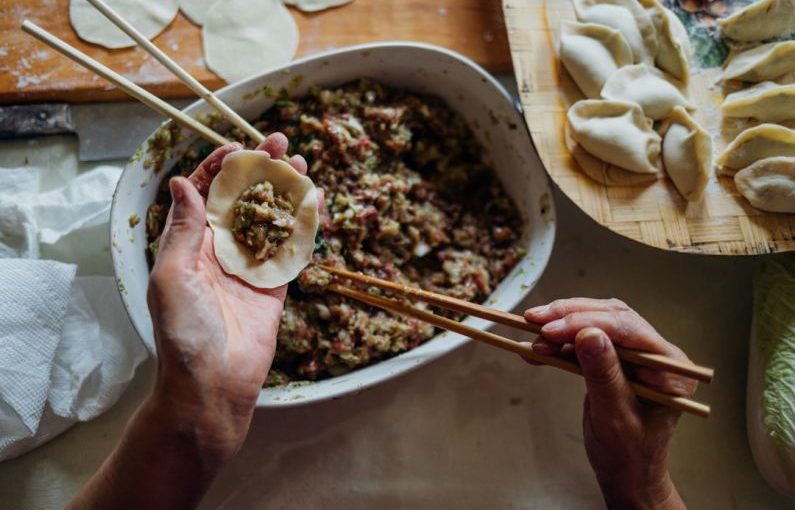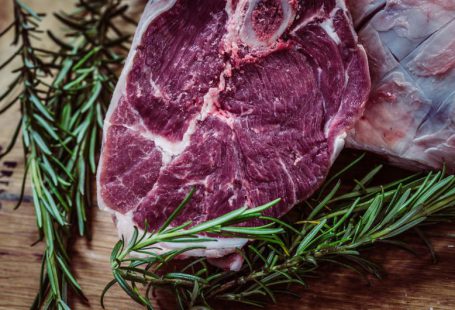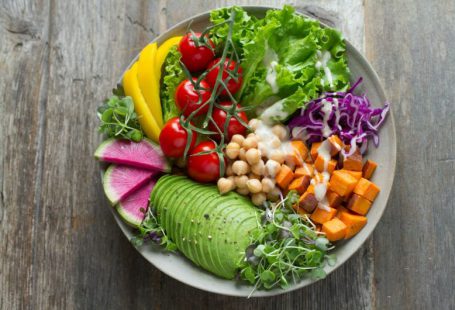Chinese cuisine is more than just food—it is a reflection of the country’s rich history, diverse culture, and deep-rooted philosophy. From the vibrant colors and aromatic flavors to the precise culinary techniques, Chinese cooking embodies the principles of balance, harmony, and respect for nature. In this article, we will delve into the Tao of Chinese cuisine, exploring the underlying philosophy that has shaped one of the world’s most beloved culinary traditions.
The Five Elements of Flavor
At the heart of Chinese cuisine lies the concept of the Five Elements of Flavor—sour, sweet, bitter, spicy, and salty. These flavors are not just a matter of taste but are believed to correspond to the five elements in traditional Chinese philosophy—wood, fire, earth, metal, and water. Each flavor is thought to have specific properties that can influence the body’s balance and well-being.
Sour flavors are associated with the wood element and are believed to stimulate the liver and promote digestion. Sweet flavors correspond to the earth element and are thought to nourish the spleen and provide energy. Bitter flavors are linked to the fire element and are said to clear heat and toxins from the body. Spicy flavors are associated with the metal element and are believed to promote circulation and dispel cold. Salty flavors correspond to the water element and are thought to moisten the body and promote balance.
By incorporating a balance of these five flavors in their dishes, Chinese chefs aim to create a harmonious and nourishing meal that not only delights the senses but also promotes health and well-being.
Yin and Yang in the Kitchen
Another fundamental principle of Chinese cuisine is the concept of yin and yang, the complementary forces that represent the dual nature of all things. In the kitchen, yin and yang are expressed through the balance of ingredients, cooking methods, and flavors to create dishes that are not only delicious but also nutritious.
Yin foods are believed to be cooling and nourishing, while yang foods are considered warming and invigorating. By combining yin and yang ingredients in a dish, Chinese chefs strive to create a balanced meal that supports the body’s natural harmony.
For example, a stir-fry dish may include yin ingredients such as leafy greens and mushrooms, along with yang ingredients like ginger and garlic. By cooking these ingredients together using high heat, the dish achieves a harmonious balance of yin and yang energies that is both satisfying to the palate and beneficial to the body.
The Art of Food Therapy
In Chinese culture, food is not just sustenance—it is also medicine. The practice of food therapy, or using food to maintain health and prevent illness, has a long history in Chinese cuisine. By selecting ingredients based on their energetic properties and flavors, Chinese chefs are able to create dishes that can help regulate the body’s internal balance and promote well-being.
For example, certain foods are believed to have warming properties that can help improve circulation and digestion, while others are considered cooling and can help reduce inflammation and heat in the body. By understanding these properties and incorporating them into their cooking, Chinese chefs are able to create dishes that not only taste delicious but also have therapeutic benefits.
Embracing the Tao of Chinese Cuisine
In conclusion, Chinese cuisine is not just about the food on the plate—it is a reflection of a deep-rooted philosophy that emphasizes balance, harmony, and respect for nature. By incorporating the principles of the Five Elements of Flavor, yin and yang, and food therapy into their cooking, Chinese chefs are able to create dishes that are not only delicious but also nourishing for both the body and the soul. Next time you sit down to enjoy a Chinese meal, take a moment to appreciate the wisdom and tradition that have shaped one of the world’s most beloved culinary traditions.





